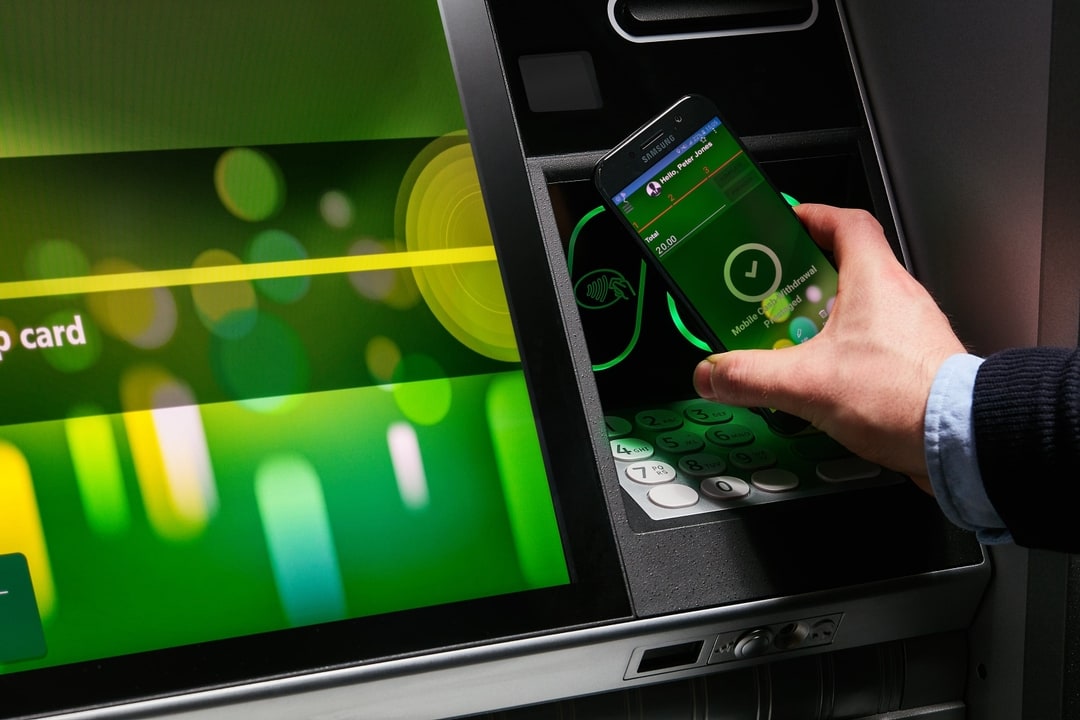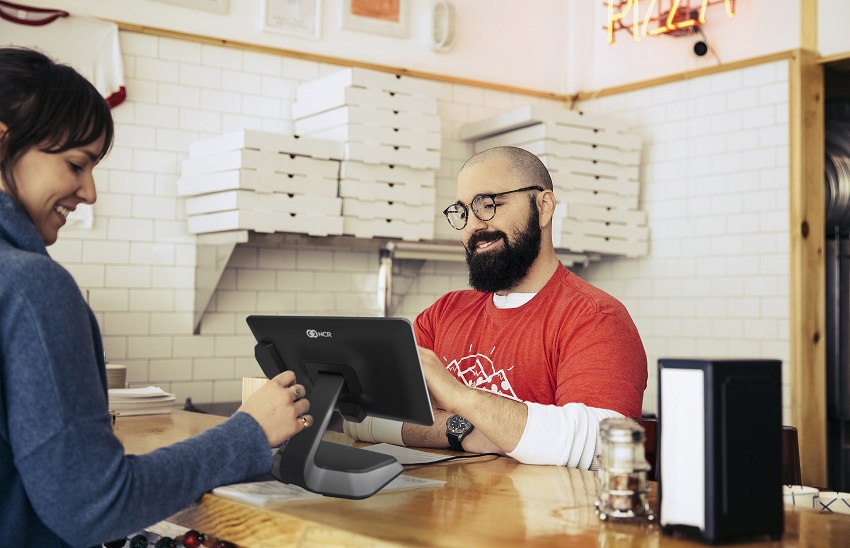Cash during a natural disaster and the role FIs play
Published August 16, 2021
Don't wait until your customers are in the eye of the storm to back them up
Having a bag of essentials packed and ready to go hasn’t always been common practice. But after a tenfold increase in natural disasters—from 39 in 1960 to 416 in 2020—in many parts of the world not making that prepped bag a priority would be unusual. And it’s not just the numbers but the strength of the disasters that’s increased, too.
The Japanese Tsunami of 2011 killed nearly 16,000 people with a series of high waves—at least one was 33 feet high; Hurricane Harvey followed swiftly by Irma and Maria in 2017 brought billions in damage killing thousands of people in the Caribbean, Central America and the U.S.; the Australian wildfires in 2019-20 scorched 46 million acres and affected three billion animals driving endangered species to extinction; and the Super Typhoon Goni that hit the Philippines in late 2020 was the strongest landfalling tropical cyclone, at 195 mph, on world record.
All of these and many more disasters make having the bare essentials critical, particularly cash. With electricity out and systems down debit and credit cards—and digital payments—may not work and that goes for ATMs, too. And while some people try to have a recommended $1,000 to $2,000 on hand, for many that’s not feasible (unfortunately some of the poorest parts of the world are the most vulnerable to natural disasters).
So what’s an FI’s role when it comes to natural disasters—what’s their responsibility in disaster preparedness for their customers? What sort of plan should you have in place?
Because not all disasters are the same, plan for different responses
Of course, there are different levels of natural disasters making it more difficult to have cash readily available for your customers each time one hits. Wildfires in California may only affect one bank branch if it’s burned down while a tsunami like the one Japan experienced in 2011 can cripple FIs in the affected region, making it very difficult to support their customers. But you should make plans for how you’re going to respond for each level.
Considerations FIs need to take as part of their disaster planning
Sometimes being prepared and putting together the right plan to have cash available during a disaster comes down to the basics—like being able to turn the lights on (have electricity) and there are things FIs can do to prepare for the worst – let’s face it, we don’t really keep cash under the mattress so the need for FIs to get their infrastructure back up and running fast is perhaps more critical today than ever before.
Backup plans for power: One of the most common problems that comes with any natural disaster is loss of power. That’s why FIs should plan on losing power and have backup contingency plans in place. North Jersey Community Bank showed they knew what they were doing well ahead of Hurricane Sandy (2012). Even though they were a small bank, they made a large investment in a secondary operations center that performed just as their main branch did—with servers, a phone system, internet and more all up and running years before Hurricane Sandy hit.
Rely on ways to monitor the situation. The devices in your ATMs that are connected to the internet should make it easier to monitor how your channel is functioning—and then you can get the information out to your customers. The ones that aren’t communicating with the internet will likely be located in areas where there isn’t any power. Put in place monitoring plans for not just your ATMs and other operations, but also how you’ll determine which customers need assistance and how, in general, you can connect with them during a crisis.
Plan for an increase in cash in transit (CIT) costs. Like North Jersey Community Bank, you could have a backup plan for where you store your cash. If your main location is affected but one of your other branches or centers is up and operating, you can have cash transferred to the affected area. It may mean paying more for CIT, but if you factor it in to your disaster plan you may come out ahead—your customers who can get the cash they need definitely will.
Make a plan that relies on being speedy. Time is truly of the essence during a natural disaster—people who cannot get even the basics because they don’t have any cash understand that. So the plan you put in place should consider that at every turn. One of your guiding questions to any suggestions may be “Will that speed things up?” And if it’s feasible and the answer is “yes” it goes into the plan.
Thinking outside the box to get ATMs into the field quickly and simply
When most of your customers think of getting cash from an ATM they very likely think of making a trip to one, but when a natural disaster strikes that original ATM may be flooded or not there at all. Being able to get an ATM to people can save lives. The great news is that not only is that possible, there are multiple ways you can do it.
Vans, other vehicles and trailers. If it’s got wheels and can handle a free-standing ATM you can get your ATMs to people who desperately need them. When the pandemic made it virtually impossible for people living in remote villages in Argentina to get to a branch, Bank Rioja packed a van with dual mounted NCR ATMs equipped with satellite communications, image systems, office space, and advertising screens that’s bringing banking services to some of the country’s most remote places.
Shipping containers to the rescue. Shipping containers changed the face of logistics and have been used for many different emergency scenarios—emergency modular hospitals, plant nurseries, schools and even emergency satellite branches. When it comes to banking, they’re used as a pop up branch—in South Africa it’s referred to as a “bank in a can" and people living in remote locations can get access to cash and make more complex transactions (like applying for loans). During a natural disaster—with speed being one of the guiding principles—you won’t have the three months it takes to build a branch using a shipping container, but you can use them to load up ATMs and power generators that the military can then deliver (and likely do the loading for you as well).
A white label approach
But FI’s don’t have to act alone. Having a backup plan, sitting there for when it’s needed can be costly and with technology evolving at the pace it is can become easily outdated. But in this scenario, setting up a cohort to fund one or more of these mobile ATM operations as a collective is a real advantage. Working together you can have the ATMs and necessary transportation stored in a central location to be easily brought into play should a disaster strike.
Or as ATM-as-a-service outsourcing models become more common place—where essentially you pay a monthly fee and a third party delivers your service end-to-end—can provide an advantageous way to run such a mobile ATM insurance plan with minimal cost, outlay, management and implementation. It means you don’t have to invest significant amounts in a “what if” and have kits going unused and out of date in a warehouse. Instead, what you have in place is a partner thats able to draw on their own resources and deliver an emergency response in a short time frame.
There’s also lots of flexibility in this model. For instance, one ATM can be used to serve different FIs but still giving it that same look, feel and experience as customers would get at the FIs own ATM. And if it’s an interactive teller machine, even then the ITM can switch remote teller support to different FI’s contact centers.
Finally, there’s the added benefit that this approach can prove useful in other ways. If an FI wants to provide a pop-up branch at a large-scale event—consider the Olympics or Dubai expo as key examples—even to have a temporary location when a branch is under renovation.
When it rains it pours with natural disasters, but having cash on hand can help
It’s a grim reality, but the world has known for years that natural disasters are on the rise and that continues to hold true. And the strength and frequency of them is growing too, making the need to have cash available at a moment’s notice critical for people who have lost everything—especially as the likelihood of electronic payments being disrupted also increases.
But FIs are uniquely in a position to be able to help those in need during the most troubling of times. Having a solid plan put into place before a disaster strikes is imperative and, to reduce the burden and cost of it all, FIs should consider partnering to deliver mobile ATMs, for example. How you respond will have a lasting and important impact on your brand reputation and customer loyalty—how are your customers going to see you when the dust settles? As a hero or a no go?



